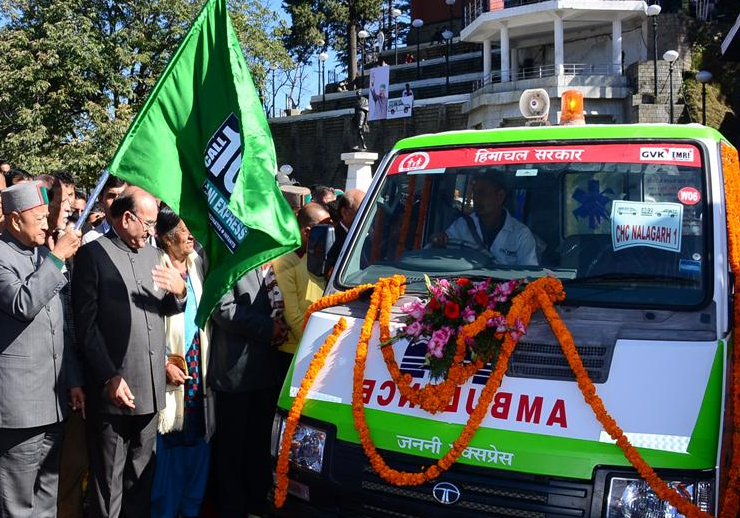(*Ratnadeep Banerji) The inception of modern science in India and its passage has left its lasting imprint for the posterity to dwell upon the subsequent proliferation of science. Indian scientists were not given the credits of discoveries which were passed on to British officers even if they didn’t have anything to do with the discovery. Scientific fingerprinting was born in India but the laurels were heaped on others, the naming of Everest was not justified among many such other instances. The Indian Independence in 1947 brought the urge to explore, indigenize and also usher in modern science and nurture sophisticated technologies. And now Indian detection of gravitational waves opens up new frontier for understanding of universe!
During the period of Independence, Particle physics in India was highly developed and the world recognition followed. Bose-Einstein collaboration and findings of Meghnad Saha are some exemplary instances. The study of natural sciences was on full swing. The Botanical Society of India and Zoological Society of India came forward with the unchartered flora and fauna of the planet. Paleobotany flourished under Birbal Sahni. The Geological Survey of India and the Survey of India had laid its modicum of research areas that later bore results at the hands of people like D.N Wadia and Radhanath Sikdar respectively.
Meghnad Saha ushered in stellar astrophysics. He started the physics department in Allahabad University and Institute of Nuclear Physics, National Academy of Science in 1930, Indian Physical Society in 1934 and the Indian Institute of Science in 1935, Saha Institute of Nuclear Physics in 1943, and the Indian Association for the Cultivation of Science in Kolkata. Meghnad Saha was also the chief architect of river planning in India. He made the original plan for Damodar Valley Project. C.V. Raman excelled in astrophysics while working at the Indian Association of Cultivation of Science, the cornerstone of modern science in India founded in the earlier century by Mahendralal Sircar.
S.N.Bose became an advisor to the newly formed Council of Scientific and Industrial Research (CSIR). He was the President of Indian Physical Society and the National Institute of Science. CSIR has been ranked 12th in the world, amongst the government institutions, improving its position after being at the 14th position for three consecutive years, with an overall global ranking of 99 in the world during 2016, according to the report of SCImago Institutions Rankings. On an average, CSIR files about 250 Indian patents and 300 foreign patents per year. About 13% of CSIR patents are licenced, that remains above the global average. The indelible ink used during the General Elections in India was developed by CSIR in 1952. This innovation of CSIR is now exported to more than 25 countries including Canada, Turkey and South Africa. Subsequently, the Indian Institutes of Technology came up in Kharagpur in 1951 and charted a seminal course of Indian research and technology.
Global Exploration
Indian Arctic program started in 2008 with the setting up of Indian research base, Himadri. In 2012, India became a member of the International Arctic Science Committee and in 2013, India was accorded permanent observer state in the Arctic Council. So far, there have been 42 expeditions, 5 teams per year. In 1981, Indian scientists had reached the Antarctic and set up Bharati station. In 2014, India’s first moored observatory was deployed in the Arctic. In 2015, India became a part of International Ocean Drilling Program in the Arabian Sea.
Science for Societal Benefit
Science without Humanity [is sin], maintained Gandhiji. One apt instance of science benefiting livelihood is the Potential Fishing Zone Services for all 14 sectors of the Indian coastline. It has increased the net profit of fishermen by 3-4 times in the range of 34,000 to 50,000 crore. From one village of 32 fishing boats, there is diesel saving of 70,000 litres per month. 40% users are small craft fisher folk who have witnessed an average increase of 16,000 Rs in their income when fishing in Potential Fishing Zones. Earthquake monitoring, cyclone predictions and Tsunami Warning System are safeguards against vagaries of nature.
Rural Technology Action Group (RuTag) of IIT Delhi at behest of the Ministry of Human Resource Development (MHRD) has launched a programme called Unnat Bharat Abhiyan with an aim to connect institutions of higher education, including Indian Institutes of Technology (IITs), National Institutes of Technology (NITs) and Indian Institutes of Science Education & Research (IISERs) etc with local communities to address the development challenges through appropriate technologies.
In the latest trend, India has caught up with interdisciplinary studies benefiting health sciences and agriculture in a profound way. The Indian scientists prodded by the present government have taken up the daunting task of scientific validation of Ayurvedic formulations to be brought under the category of standardized medicine in the ambit of modern science. There are dozens of institutes under different ministries working in this direction. There are efforts to do the same for folk medicines of North East India and some other places too. Similar steps have been taken for Tibetan medicine and Unani medicines too. A national facility for Current Good Manufacturing Practice (cGMP) pilot plant for extraction, formulation and packaging of traditional herbal medicines has come up at CSIR-Indian Institute of Integrative Medicine (CSIR-IIM), Jammu. Here WHO guidelines are adhered with. The whole Genome Sequencing of basil has also been achieved to better understand traditional knowledge around it. The creation of Traditional Knowledge Digital Library to fight against bio-piracy is a victory.
Department of Biotechnology has become a cynosure for becoming a leading vaccine manufacturing hub. One out of six children over the world receives vaccines manufactured in India. India is among the top 12 biotech destinations in the world and ranks third in the Asia-Pacific region. An act has been passed in 2016 towards the setting up of Regional Centre for Biotechnology under UNESCO.
India once faced the scourge of brain drain that has now turned into brain gain with technocrats preferring to work in India than immigrating offshore. Schemes like New Millennium Indian Technology Leadership Initiative are bolstering entrepreneurship as well as R&D heralding new technologies.
*Ratnadeep Banerji is a senior journalist and a radio documentary maker.





